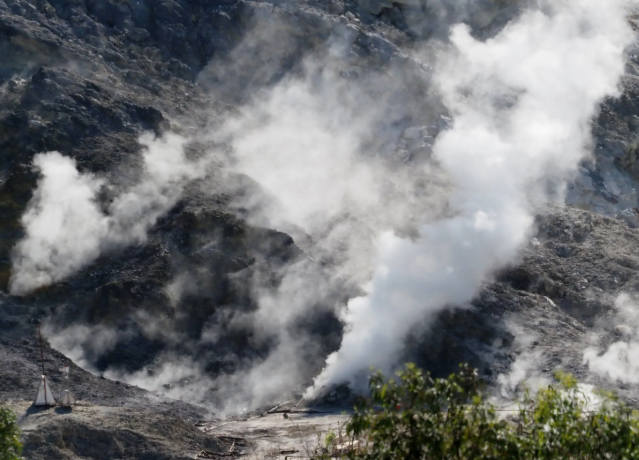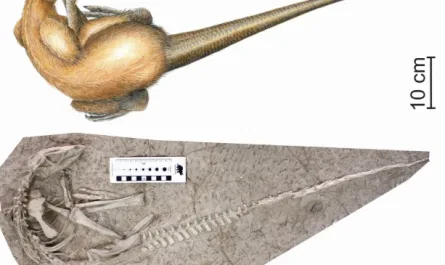One of the world’s most dangerous supervolcanoes—Campi Flegrei, located near Naples, Italy—is showing alarming signs of renewed activity. Scientists are closely monitoring the area after a series of powerful earthquakes and increased gas emissions have raised concerns that an eruption could be approaching.

Strongest Earthquake in 40 Years
In May, a magnitude 4.4 earthquake struck the Phlegraean Fields—the most powerful tremor in the region in four decades. Over the last six months alone, more than 3,000 smaller tremors have shaken the area, far exceeding the usual seismic patterns.
These swarms of minor quakes, often a sign that magma is rising, could be weakening the rock above the volcano’s chamber—making an eruption more likely. Scientists compare it to steam building in a pressure cooker: if the lid weakens, it could burst without warning.
Gases Surge from Beneath the Surface
Adding to the concern, scientists have detected a major increase in carbon dioxide emissions—between 4,000 and 5,000 tons per day, according to Italy’s National Institute of Geophysics and Volcanology (INGV). This rise in volcanic gas suggests that magma is moving closer to the surface, intensifying pressure below.

Geologists have also noticed significant ground uplift—especially in the town of Pozzuoli, where the earth has risen about 4.7 feet due to bradyseism, a slow swelling and sinking of the ground caused by underground magma movement.
Studies Confirm Magma’s Movement
New research led by Gianmarco Buono of the University of Naples Federico II indicates that 80% of the carbon dioxide released from the Solfatara crater originates directly from magma. Only 20% results from natural rock-fluid interactions.

A mechanical failure model used in the study shows the crust beneath Campi Flegrei is shifting from bending to cracking, a troubling progression that often precedes volcanic eruptions.
Volcanologist Christopher R. J. Kilburn emphasized the importance of identifying whether these gas releases are driven by magma movement or more benign geological activity, saying it is “absolutely critical” for forecasting risk.
A Threat Far Beyond Italy
Campi Flegrei hasn’t erupted since 1538, but past eruptions have been catastrophic. Around 40,000 years ago, a massive eruption from this volcano caused drastic climate changes and widespread destruction.
If a similar eruption occurred today, the effects would ripple across the globe:
Ash clouds could cover much of Europe, disrupting air travel.
Crops could fail, power grids could go down, and food supply chains could collapse.
Volcanic gases could block sunlight, potentially leading to years of colder temperatures and extreme weather.
Authorities on High Alert
Since early warning signs began in 2005, the region’s volcanic alert level has been raised from green to yellow. Emergency plans are in place, but coordinating a swift evacuation for over 4 million people in the Naples area remains a daunting task.
With the ground rising, gas levels spiking, and seismic activity intensifying, scientists warn that the volcano could erupt with little warning—and the world may not be ready for what comes next.


